A Climate Crossroads: 2025 Set to Be the 2nd or 3rd Warmest Year on Record

As global leaders meet at COP30 in Belém, a new update from the World Meteorological Organization (WMO) underscores how critical this moment has become. The organization warns that 2025 is very likely to be either the second or third warmest year ever recorded, and that fact alone signals we are on a dangerous trajectory.

Over the past decade, warming has persisted at an alarming pace.
According to WMO, each of the years from 2015 through 2025 will rank among the hottest in its observational record, and the last three years; 2023, 2024, and 2025; are on track to be the top three.
From January to August 2025, global average temperatures were approximately 1.42 °C higher than pre‑industrial levels.

This rise in heat is being driven by record concentrations of greenhouse gases, carbon dioxide, methane, and nitrous oxide all climbing rapidly and trapping more energy in the atmosphere.
The oceans, which absorb more than ninety percent of that excess heat, are storing energy at historic levels. That stored heat fuels stronger storms, accelerates ice melt, and damages marine ecosystems.

At the poles, the signs are unmistakable. Arctic sea ice has shrunk to record lows after the winter freeze, while Antarctic sea ice remains well below long‑term averages.
Glaciers are losing mass faster than ever, and in 2023–2024 the amount of ice lost was so large that it contributed significantly to sea‑level rise. That melting, combined with the thermal expansion of warming oceans, is helping to drive a faster rise in sea levels, recent data show the long‑term rate has nearly doubled compared to previous decades.
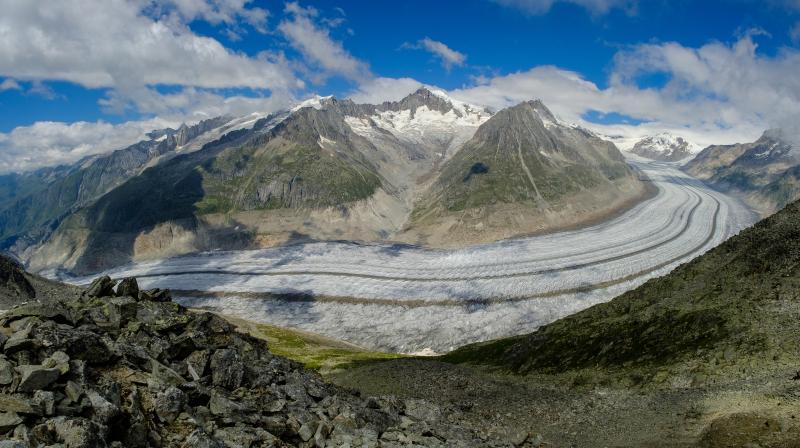
The human toll is becoming more visible. In 2025, extreme weather events, including floods in Asia and Africa, intense heat waves, wildfires, and powerful cyclones, have disrupted lives, displaced communities, and strained food systems.
Yet there is a glimmer of hope. Since 2015, the number of countries with multi‑hazard early‑warning systems has more than doubled, rising from 56 to 119.
National meteorological and hydrological services are also scaling up their climate support: nearly two‑thirds now offer climate services such as seasonal forecasts and heat‑health alerts to help societies adapt.
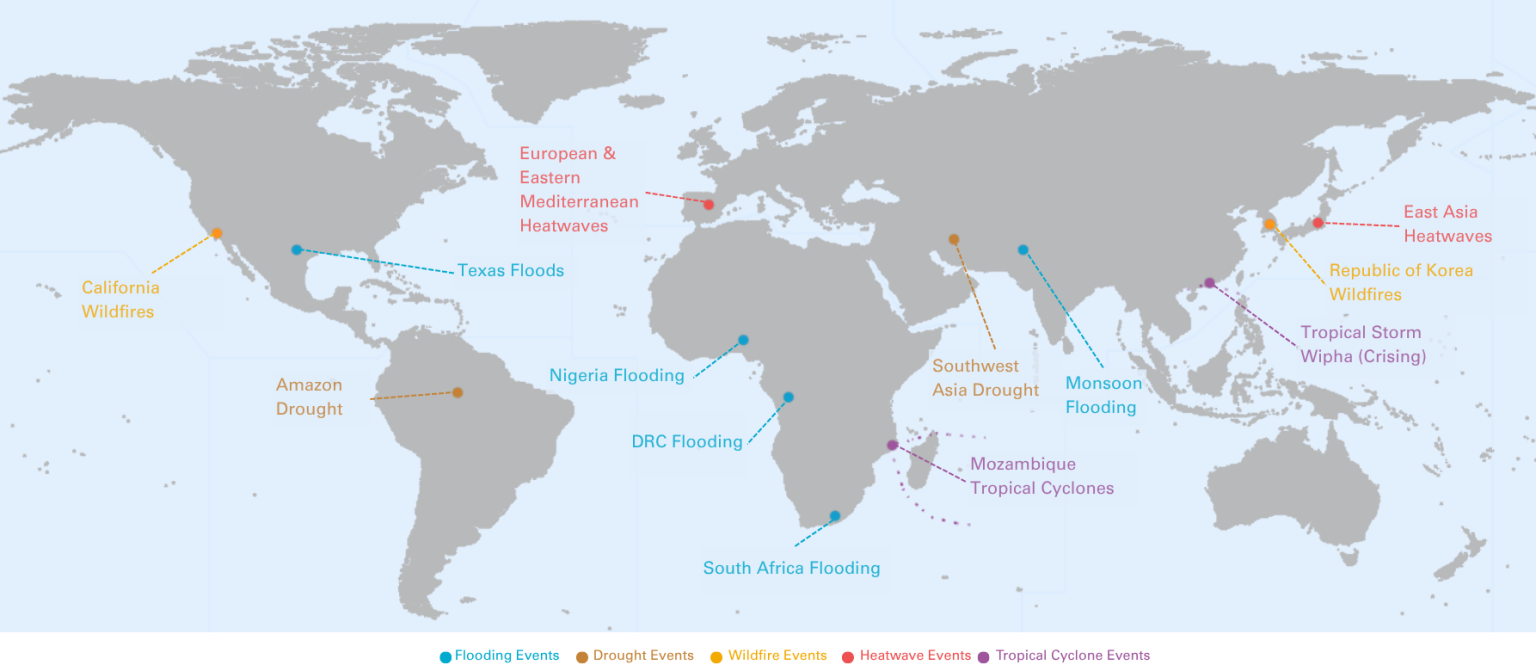
At COP30, WMO Secretary‑General Prof. Celeste Saulo made a powerful appeal when she said, “Science does not lie.” She pointed out that the world today, the world her young grandson will grow up in, is already hotter than ever.
Given the surge in greenhouse gases, she warned that temporarily exceeding the 1.5 °C goal agreed in the Paris Agreement may now be almost unavoidable, but she urged that any overshoot be kept as small, as short, and as safe as possible, because every fraction of a degree matters.
In short, 2025 is not just another hot year, it is a turning point. The data show where we stand, and the choices made now may determine whether the world heads toward irreversible climate breakdown or builds a more resilient future.
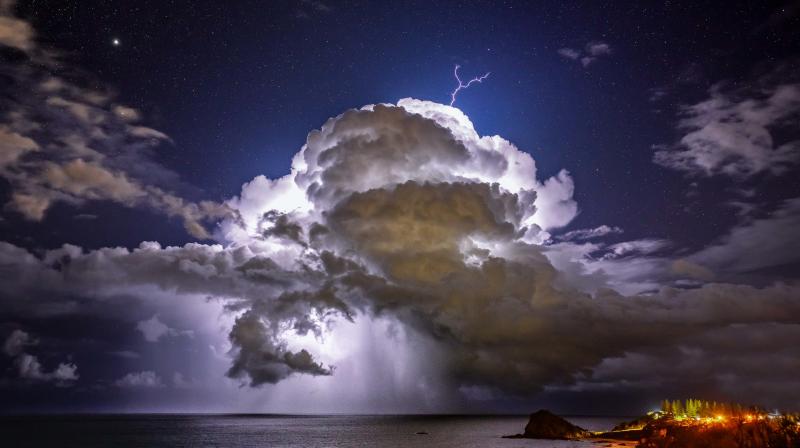
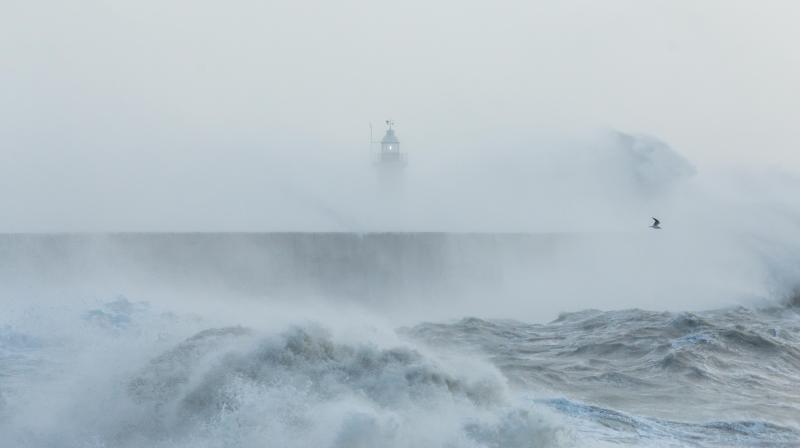
Trending Now
Hot Topics
Related Articles
Kivu Beach Expo & Festival Brings Joy to Rutsiro While Showcasing the Region’s Natural and Sustainable Potential
The arrival of the Kivu Beach Expo & Festival in Boneza Sector,...
Kivu Beach Festival Triggers Urgent Economic Development Push in Rutsiro
Preparations for the 2025 Kivu Beach Expo & Festival have become a...
COP30 Raised Ambition on Adaptation Finance Yet Africa’s 150 Billion Dollar Gap Tells a Different Story
COP30 in Belém was billed as the moment the world would finally...
Rwanda Launches Updated Climate Action Plan to Boost Resilience and Cut Emissions by 2035
Rwanda has unveiled a strengthened national climate strategy with the release of...




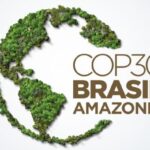
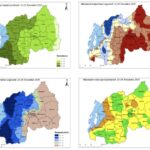






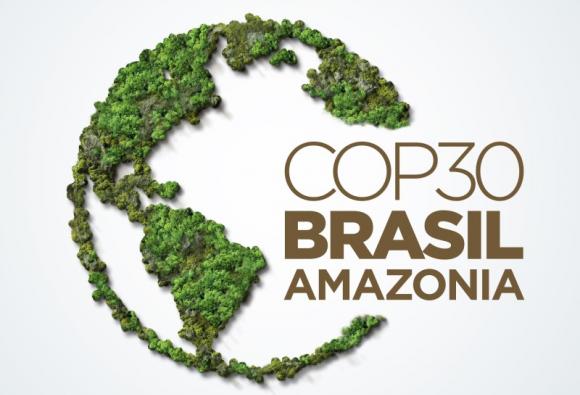

Leave a comment